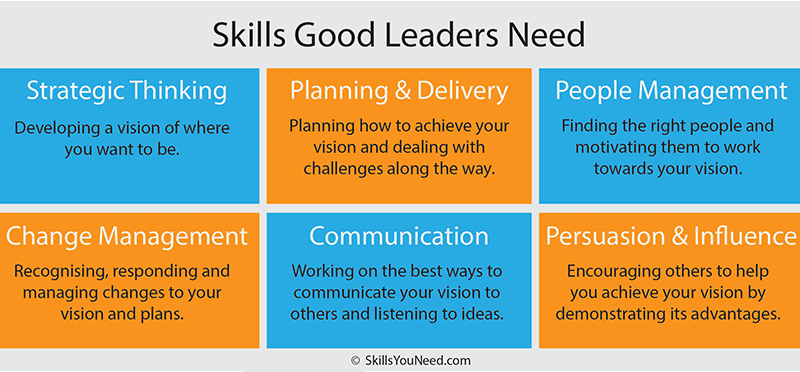In today’s fast-paced and ever-evolving tech industry, organizational change is inevitable. Whether it’s implementing new technologies, restructuring teams, or adapting to market trends, organizations must be prepared to successfully navigate these changes in order to remain competitive and drive growth. Change management strategies play a crucial role in ensuring that organizational transformations are successful and sustainable. In this article, we will explore key strategies that tech companies can implement to effectively manage change and drive successful organizational transformation.
1. Clearly Define the Change
Before embarking on any organizational transformation, it is essential to clearly define the change that needs to take place. This includes articulating the reasons for the change, outlining the desired outcomes, and communicating the impact on employees, customers, and stakeholders. By defining the change upfront, organizations can create a shared understanding of the transformation and align stakeholders around a common vision.
2. Develop a Change Management Plan
Once the change has been defined, organizations should develop a comprehensive change management plan that outlines the steps, timelines, and resources required to implement the transformation successfully. This plan should include strategies for communication, training, and stakeholder engagement, as well as mechanisms for monitoring progress and addressing any challenges that arise. A well-thought-out change management plan is essential for ensuring that the transformation stays on track and achieves its intended goals.
3. Communicate Openly and Transparently
Effective communication is key to successful change management. Organizations should communicate openly and transparently with employees, customers, and other stakeholders throughout the change process. This includes sharing information about the reasons for the change, the expected impacts, and the steps being taken to implement the transformation. By keeping stakeholders informed and engaged, organizations can build trust, minimize resistance, and foster a culture of collaboration and teamwork.
4. Empower and Engage Employees
Employees are often the most critical factor in the success of organizational transformation. To drive successful change, organizations should empower and engage employees by involving them in the change process, soliciting their input, and providing opportunities for learning and development. By fostering a culture of empowerment and engagement, organizations can tap into the creativity, innovation, and resilience of their workforce to drive successful transformation.
5. Manage Resistance Effectively
Resistance to change is natural and can arise from fear, uncertainty, or a lack of understanding. Organizations should anticipate and address resistance proactively by listening to concerns, addressing misconceptions, and providing support and resources to help employees adapt to the change. By managing resistance effectively, organizations can minimize disruption and ensure a smooth transition to the new way of working.
6. Monitor Progress and Adapt as Needed
Organizational transformation is an ongoing process that requires continuous monitoring and adaptation. Organizations should regularly assess progress against the change management plan, solicit feedback from employees and stakeholders, and make adjustments as needed to ensure that the transformation stays on track. By being agile and responsive to changing circumstances, organizations can overcome obstacles, seize opportunities, and drive successful organizational transformation.
Conclusion
In conclusion, change management strategies are essential for driving successful organizational transformation in the tech industry. By clearly defining the change, developing a comprehensive change management plan, communicating openly and transparently, empowering and engaging employees, managing resistance effectively, and monitoring progress and adapting as needed, organizations can navigate change successfully and achieve their desired outcomes. By implementing these strategies, tech companies can position themselves for long-term success in an ever-changing and competitive marketplace.


